Long before BYD – “Build Your Dream” – produced Seagull, the cheapest EV (electric vehicle) at just US$11,000 (£8,855; RM48,813), China has been churning out thousands of chemists and engineers to do research on future batteries. Deep in the country’s interior, Central South University produces graduates in advance technology, despite the perception that China was a copycat nation.
When BYD Auto Co finally unveiled the “Seagull” at the Shanghai Motor Show in April 2023, the world’s attention quickly shifts to the BYD Blade battery, which is not only cheaper but allows very fast charging – from 30% to 80% charge within 30 minutes. More importantly, it is the first commercialised car in the world to use sodium-ion batteries. The BYD Seagull offers two variants – 300 km and 400 km.
The Seagull equipped with sodium-ion batteries has a range of 305 kilometres (190 miles), while the lithium-ion version has a range of 405 kilometres (251 miles). The two types of batteries show not only the transformation of lithium-sodium batteries, but also the warning that China is about to supercharge and dominate the next big technology in rechargeable batteries.
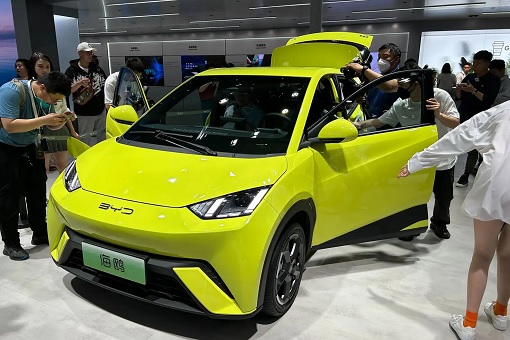
Sodium, also known as “salt”, an important ingredient in daily cooking, sells for 1% to 3% of the prices of lithium. Last year alone, lithium hydroxide jumped to US$78,000 per metric tonne from US$6,000 in 2019. Sodium hydroxide, meanwhile, was stable below US$800 per tonne. Because lithium battery takes up to 40% of the cost of an electric car, clearly sodium battery is the game changer.
But the advantage of sodium, known as “natrium” in the periodic table, is not limited to the fact that the planet has 500 times more sodium than lithium, so much so it can be extracted from seawater. Sodium-ion batteries are also safer because they are non-flammable and less susceptible to temperature changes than lithium-ion batteries.
However, the biggest downside of sodium-ion batteries is its lower energy density than lithium-ion batteries. This means an electric vehicle with a sodium battery would not be able to travel the same distance as a standard lithium-ion battery. A sodium ion is over 25% larger than a lithium ion. This is precisely why BYD Seagulf produces two variants – sodium and lithium batteries.
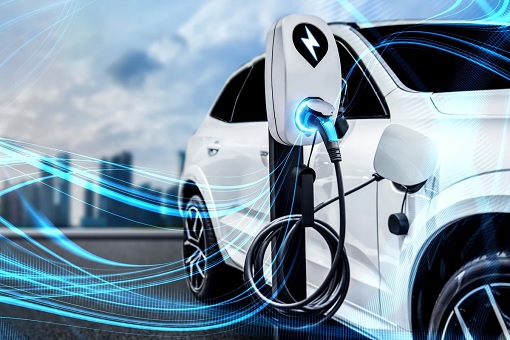
To overcome these limitations, Chinese scientists have designed cathode and anode materials with enhanced electrical properties. Sodium-ion batteries have a similar design to lithium-ion and can be manufactured using related methods. Both battery types generate electricity through a chemical reaction and are made up of an anode, cathode, separator and an electrolyte.
In a sodium-ion battery, lithium ions are replaced with sodium ions in the battery’s cathode, and lithium salts swapped for sodium salts in the electrolyte. Despite being widely used, lithium-ion battery is expensive largely due to components like cobalt, copper, graphite and of course lithium, not to mention the mining process can pollute the air and water as well as disrupt wildlife habitats.
Researchers and scientists in China have designed a unique “heterostructure” material as a potential anode for sodium ion batteries. They successfully produced the heterostructure from nickel sulfide and iron sulfide through a sophisticated process. The resulting product was a nickel sulfide / iron sulfide nanoparticle with a rippled surface known as a “nanoflower”.
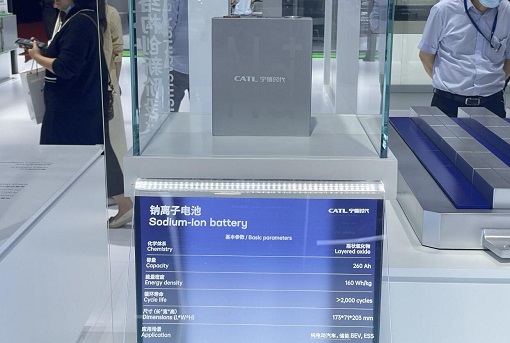
So, unlike lithium batteries, the latest sodium batteries do not require scarce materials like cobalt, a mineral mined mainly in Congo, Africa – accounting for roughly 70% of global production. The newest sodium batteries also do not require nickel, the expensive metal which comes mainly from mines in Indonesia, South Africa, Russia and the Philippines.
Essentially, cathodes using nickel deliver high energy density, allowing electric vehicles to travel further. Cobalt, meanwhile, ensures cathodes do not easily overheat or catch fire and helps extend the life of batteries. As Elon Musk scrambled to source for nickel in Indonesia to make lithium-ion batteries for Tesla, Chinese researchers were developing sodium-ion batteries.
Crucially, Chinese scientists discovered that the nanoflower-based anode can deliver a high amount of electric charge over 1,000 cycles and only lost about 0.26% of its charge capacity per cycle. The breakthroughs mean that sodium batteries can now be recharged daily for years. Unlike lithium-ion, sodium-ion batteries also can keep almost all of their charge when temperatures fall far below freezing.
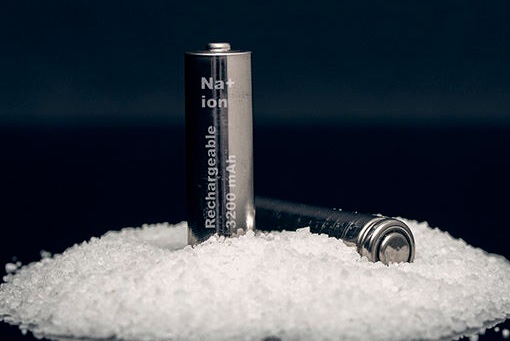
Interestingly, sodium-ion battery development dated back to 1970s, led by the United States. Japanese scientists then made some advances. But its interest died after the emergence of lithium-ion battery. Since 2011, UK-based Faradion has been focused on sodium batteries. But it was Chinese giant CATL, the world’s largest manufacturer of electric car batteries, who has taken the lead in commercializing the technology.
CATL – Contemporary Amperex Technology Ltd. – has also discovered a way to use sodium cells and lithium cells in a single electric car’s battery pack. In July 2021, CATL unveiled the company’s first-generation sodium-ion battery that can charge in 15 minutes to 80% at room temperature. Even then, the West was not convinced and laughed at the Chinese product and technology.
In January last year, CATL rolled out a battery-swap service – EVOGO – where consumers can change the batteries of electric vehicles (EVs) in one minute, the same way you replace AAA-batteries in your TV remote control. The new product would help EV drivers overcome range anxiety while tackling the problem of “inconvenience” to recharge batteries, as well as high purchasing and driving costs.
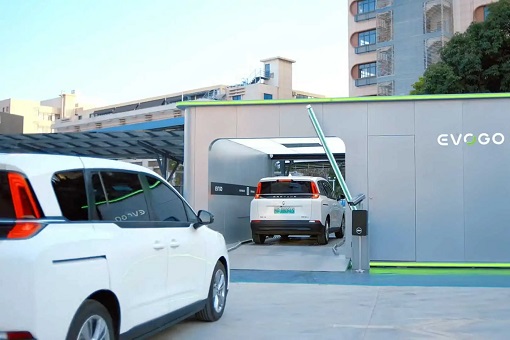
The Chinese company, which supplies batteries to most of the world’s carmakers, including Volkswagen, BMW, and Tesla, said the programme gives customers the opportunity to rent one to three blocks to meet different range requirements at swap stations. One block is typically sufficient for city driving, while the battery maker recommends two to three blocks for longer journeys.
In reality, over the past 10 years, China has been leading the world in patents related to sodium-ion batteries – accounting for more than half of all patents (5,486 out of 9,862 patents). That’s two to three times more than the U.S. (719) and Japan (1,192). China also ranked first in zinc ion batteries, another next-generation energy solution that is expected to be incredibly safe.
According to Benchmark Minerals, out of 20 sodium battery factories being planned or already under construction around the world, 16 are in China. Already, the Chinese produced some 79% of all lithium-ion batteries that entered the global market in 2021. CATL, BYD and other Chinese manufacturers accounted for nearly 87% of U.S. battery imports in the fourth quarter of 2022.
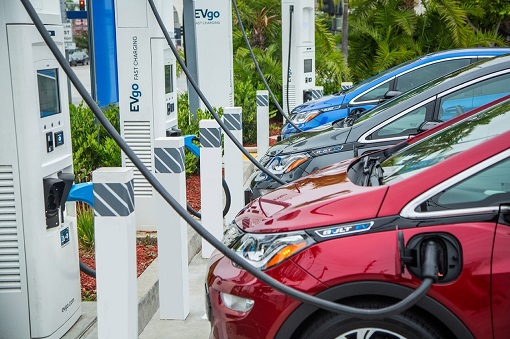
In the next two years, China is forecast to command 95% of the world’s capacity in sodium battery production. But the latest technology is not merely confined to electric vehicles. In December 2022, China’s Three Gorges, which is known for the world’s largest hydropower project, kicked off the production at the world’s biggest factory for sodium-ion batteries with HiNa Battery Technology.
HiNa, a Beijing-based sodium-ion battery developer, has more than 30 relevant invention patents. The idea was to store energy using climate-friendly sources while the sun shines and the wind blows, and then use it later as a replacement for electricity powered by coal or gas. In June 2021, the world’s first 1MWh sodium-ion battery energy storage system was officially operational in Taiyuan, North China’s Shanxi province.
Batteries for electric grids are a fast-growing market in China, even though sodium batteries require a bigger footprint than lithium batteries. That’s because unlike cars, utilities do not have problems such as limited space. Power generation companies in Shandong province have started using lithium batteries to distribute their renewable electricity.
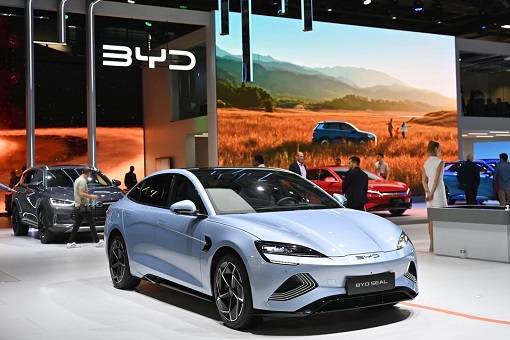
Like it or not, China is leading the world in both electric vehicles and next technology in sodium batteries. Last year, BYD sold a jaw-dropping 1.86 million electric vehicles – more than the previous 4 years combined (it sold only 593,745 cars in 2021). Effectively, the company has captured 30% market share of all new energy vehicle sales in China in 2022.
Already outsold Volkswagen in sales on the Chinese market in November 2022, BYD, which only started manufacturing cars in 2003, surpassed Tesla’s 1.31 million electric vehicles in 2022. From the third-largest automaker in 2016, BYD became the largest EV manufacturer in the world last year. And it took only a decade for China to build the world’s largest battery-powered electric vehicle market.
Other Articles That May Interest You …
- Electric Car As Cheap As $11,000 – How China Beats The U.S. In Electric Vehicles & Leaves Global Brands In The Dust
- Volvo Will Sell Only Electric Cars By 2030 – And You Can Only Buy It Online
- Tesla Skyrockets! – Here’s How Elon Musk Can Beat Jeff Bezos To Become The World’s Richest Man
- Learn From China – Mahathir Has To Dismantle Discrimination & Racist Economic Policy First
- If Proton Has The Quality Of Volkswagen Or Toyota, People Will Not Dump The National Cars
- Third National Car, The Unfinished Business – Why Mahathir Should Wake Up & Stop Hallucinating
- China Geely Introduces Meritocracy – But Handicapped Proton “Bumiputeras” Aren’t Happy
- 80% Cheaper To Take Robo-Taxi – The Next Car You Buy Could Be Your Last
- Delivering 310 Miles (499-KM) – Tesla Model 3 Could Be As Successful As iPhone
- Australia Will Get World’s Largest Battery – Free – If Musk Fails Within 100 Days
- Leading The World – Volvo To Make Only Electric & Hybrid Cars From 2019

|
|
May 11th, 2023 by financetwitter
|


|

|

|

|

|

|




























Comments
Add your comment now.
Leave a Reply